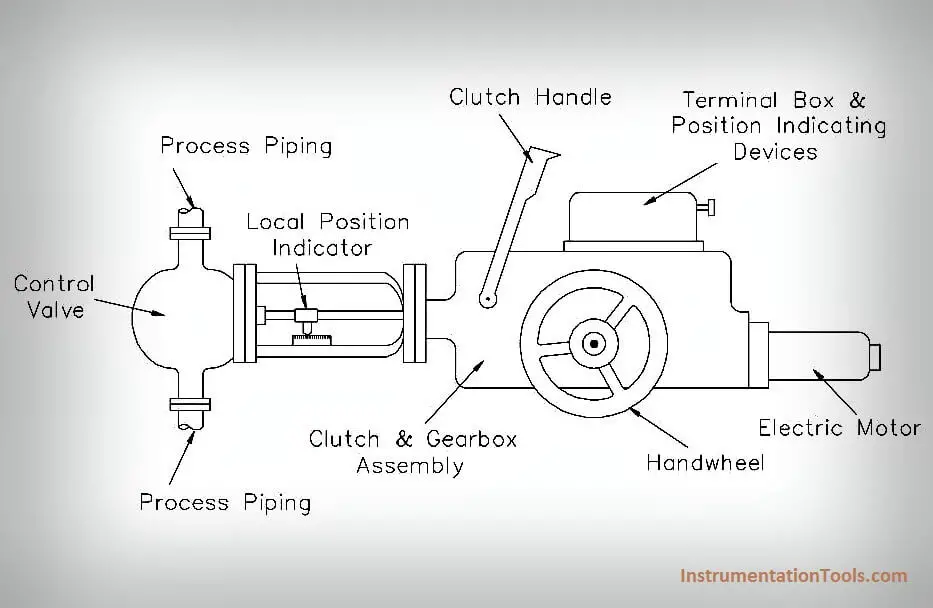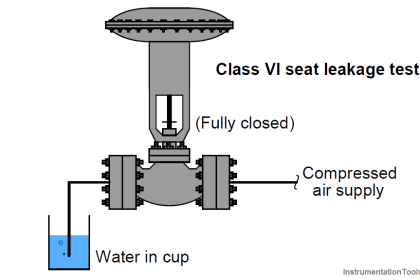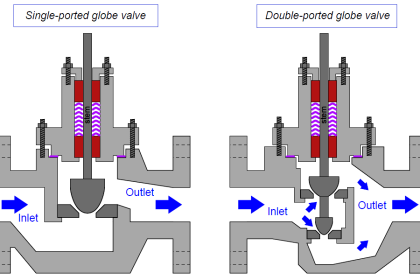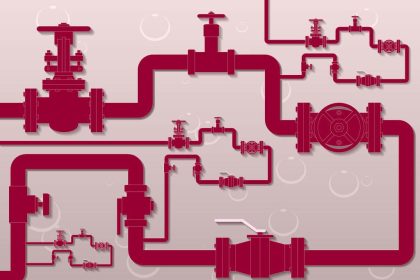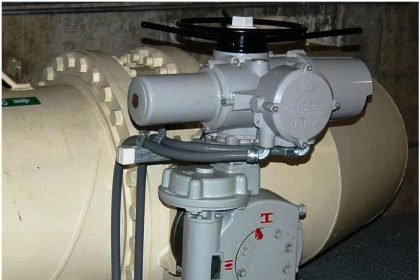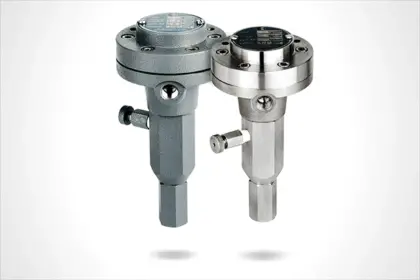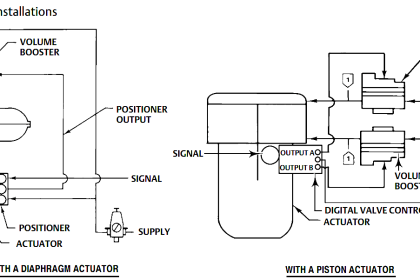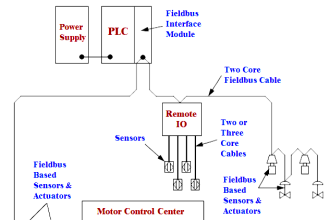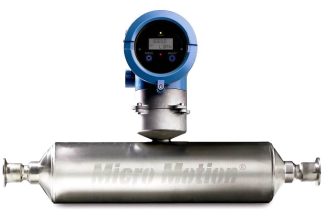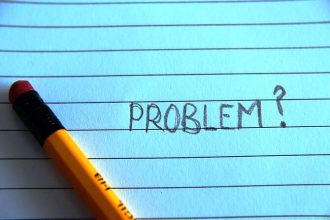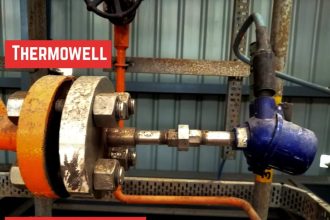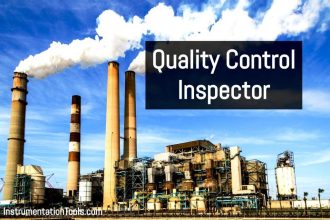Electric motor actuator vary widely in their design and applications. Some electric motor actuators are designed to operate in only two positions (fully open or fully closed).
Other electric motors can be positioned between the two positions. A typical electric motor actuator is shown in below Figure. Its major parts include an electric motor, clutch and gear box assembly, manual handwheel, and stem connected to a valve.
Note : Electric motor actuators are also called as Motor Operated valves (MOV’s)
Electric Motor Actuator
The motor moves the stem through the gear assembly. The motor reverses its rotation to either open or close the valve. The clutch and clutch lever disconnects the electric motor from the gear assembly and allows the valve to be operated manually with the handwheel.
Most electric motor actuators are equipped with limit switches, torque limiters, or both. Limit switches de-energize the electric motor when the valve has reached a specific position.
Torque limiters de-energize the electric motor when the amount of turning force has reached a specified value. The turning force normally is greatest when the valve reaches the fully open or fully closed position. This feature can also prevent damage to the actuator or valve if the valve binds in an intermediate position.
Advantages of Electric Motor Actuators
Electrical actuators offer the highest precision control positioning. Their setups are scalable for any purpose or force requirement, and are quiet, smooth, and repeatable.
In terms of noise, they are quieter than pneumatic and hydraulic actuators and because there are no fluids leaks, environmental hazards are eliminated.
Disadvantages of Electric Motor Actuators
Electrical actuators are not suited for all environments, unlike pneumatic actuators, which are safe in hazardous and flammable areas.
A continuous running motor will overheat, increasing wear and tear on the reduction gear.
